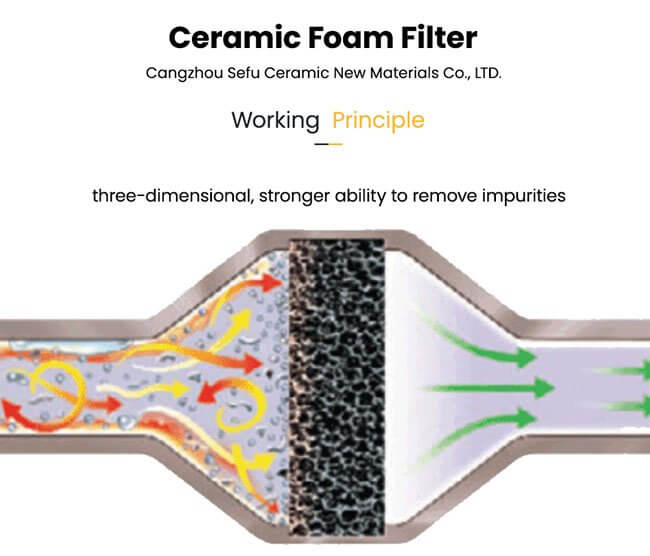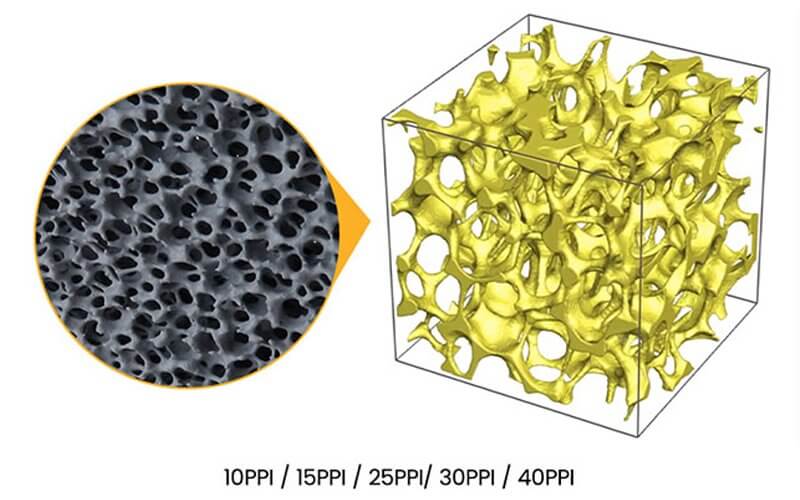Introduction:
Investment casting, also known as lost-wax casting, is a centuries-old technique used to create complex and intricately detailed metal components. It is a process that demands meticulous attention to detail and precision to achieve the desired results. One crucial aspect of investment casting is the use of filters, which play a vital role in ensuring the quality and integrity of the final alloy item. This article will describe the role investment casting filters play in improving accuracy and how it overcomes the challenges.
The Role of Investment Casting Filters:
Investment casting filters act as a crucial barrier between the molten metal and the mold, preventing impurities and unwanted particles from entering the casting cavity. These filters are typically made of ceramic or refractory materials with controlled porosity. The primary purpose of these filters is to remove any contaminants, such as slag, oxides, or particulate matter, ensuring a clean and defect-free casting.

Additionally, investment casting filters help control the flow of the molten metal, aiding in the prevention of turbulence, splashing, and air entrapment. By optimizing the metal flow, filters contribute to the precise filling of intricate mold cavities, resulting in high-quality castings with exceptional surface finishes and dimensional accuracy.
The Story of Overcoming Casting Challenges:
Once upon a time, in a renowned foundry, a team of skilled casters embarked on creating a complex aerospace component. The item was a critical part of an engine, and its intricate design demanded exceptional precision. However, as the casting process commenced, the casters encountered unexpected difficulties.
The first challenge arose due to the presence of impurities in the molten metal. Despite meticulous preparation and strict quality control measures, small particulates and oxides found their way into the alloy, jeopardizing the casting’s integrity. Recognizing the gravity of the situation, the casters swiftly intervened by incorporating advanced investment casting filters into their process.
These filters, designed specifically for high-temperature applications and capable of filtering out even the tiniest impurities, were placed strategically within the gating system. As the molten metal flowed through the filters, they trapped impurities, ensuring that only clean metal entered the mold cavity. The result was a casting free from defects caused by unwanted particles, guaranteeing the desired quality and strength.
The second challenge arose from the complexity of the alloy item’s design. The intricate nature of the part made it susceptible to air entrapment and turbulence during the filling process. However, the casters were well-prepared, having already integrated ceramic foam filters into their workflow.

These foam filters, characterized by controlled porosity and excellent thermal resistance, served as a reliable tool to regulate the metal flow and eliminate turbulence. By ensuring a smooth and controlled filling of the mold, the filters allowed the molten metal to replicate the intricate details of the pattern accurately. The resulting castings exhibited exceptional surface finishes and dimensional accuracy, meeting the stringent requirements of the aerospace industry.
Conclusion:
Investment casting filters are indispensable tools in the production of high-quality alloy items through the lost-wax casting process. They facilitate the removal of impurities, control metal flow, and ensure the precision and integrity of the final castings.


